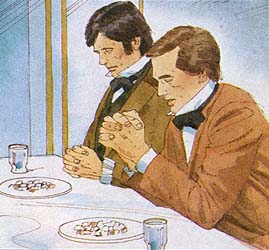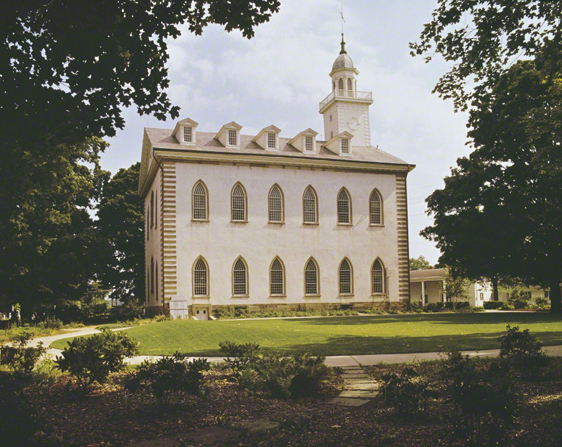To accompany your Come Follow Me study for September 29-October 5
In addition to reading these sections you will want to read:
- Chapter 43: Doctrine and Covenants 109–110 (churchofjesuschrist.org)
- Joseph Smith’s Revelations, Doctrine and Covenants 109 (churchofjesuschrist.org)
- Joseph Smith’s Revelations, Doctrine and Covenants 110 (churchofjesuschrist.org)
- Saints, 1:232–41;
- “A House for Our God,” Revelations in Context, 169–72.
- Entries for “Moses,” “Elias,” and “Elijah” in Guide to the Scriptures at https://www.churchofjesuschrist.org/study/scriptures/gs?lang=eng
You may also enjoy the following videos:
If you would like a Kahoot game related to these sections which you could use with your family or your class, or which you could play or learn from individually by converting it to a “Challenge” version, click here: https://create.kahoot.it/share/doctrine-and-covenants-109-110/c723a73e-7f2c-4461-b917-baffe9a547f7. To use it with a group, after clicking on this link, you will need to log into Kahoot, creating a free account if you have not done so previously, then click on the blue “Host Live” button or the gray “Assign” button, depending on how you wish to use the Kahoot. Some of the Kahoot questions may presuppose that the player has read through the suggested answers to the following Points to Ponder and at least has browsed the Institute student manual as well.
Points to Ponder in Doctrine and Covenants 109-110
1. D&C 109 quotes several verses from what earlier section, and why?
2. How much time elapsed from the time the Lord first commanded the building of the Kirtland Temple until it was dedicated?
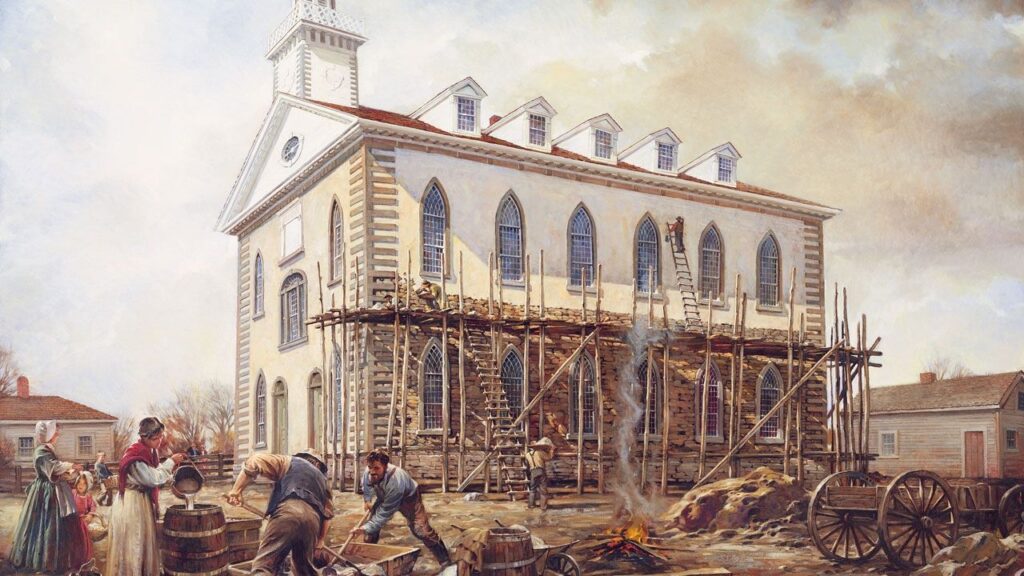
3. What to you was the most surprising thing for which Joseph Smith prayed in his dedicatory prayer for the Kirtland Temple?
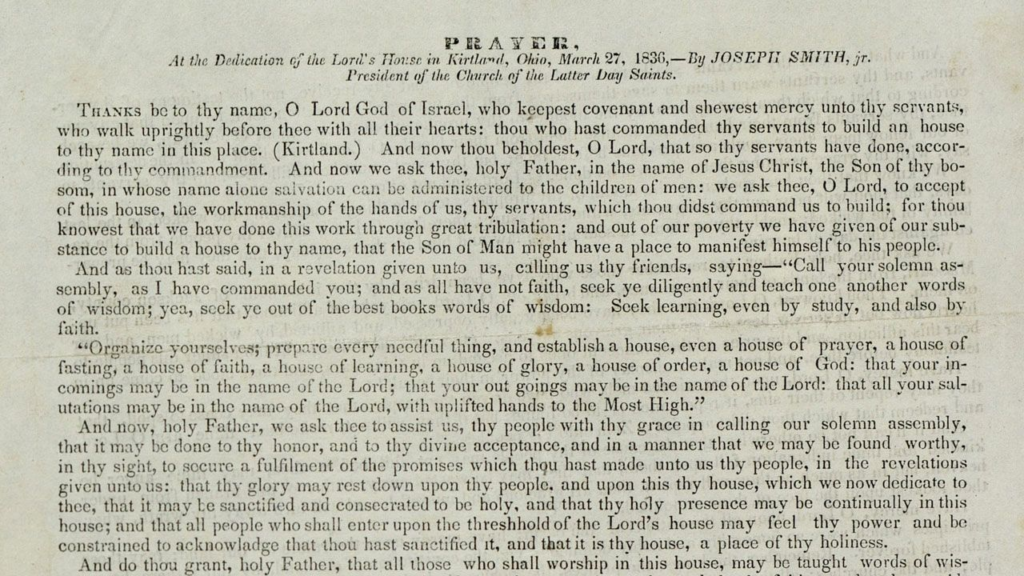

5. What was so ironically appropriate about the day on which Elijah appeared to Joseph Smith and Oliver Cowdery?
6. How would you answer someone who pointed out that the name “Elias” is simply the Greek form of the Hebrew name “Elijah,” and that the author of the D&C must have been confused to view them as two separate people?
7. Why do you suppose “Elias” was sent to commit the “dispensation of the gospel of Abraham” rather than Abraham himself?
8. Whose coming fulfilled an Old Testament prophecy?
a. Moses
b. Elias
c. Elijah
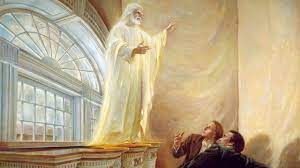
9. Whose visit had the most to do with proxy temple work?
a. Moses
b. Elias
c. Elijah
10. Whose visit is closely associated with eternal marriage?
a. Moses
b. Elias
c. Elijah
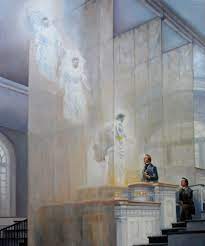
11. Whose visit had the most to do with missionary work?
a. Moses
b. Elias
c. Elijah
GIVE SECTION AND VERSE FOR THE FOLLOWING:
12. A clue in D&C 109 as to why such marvelous spiritual blessings attended the dedication of the Kirtland Temple.
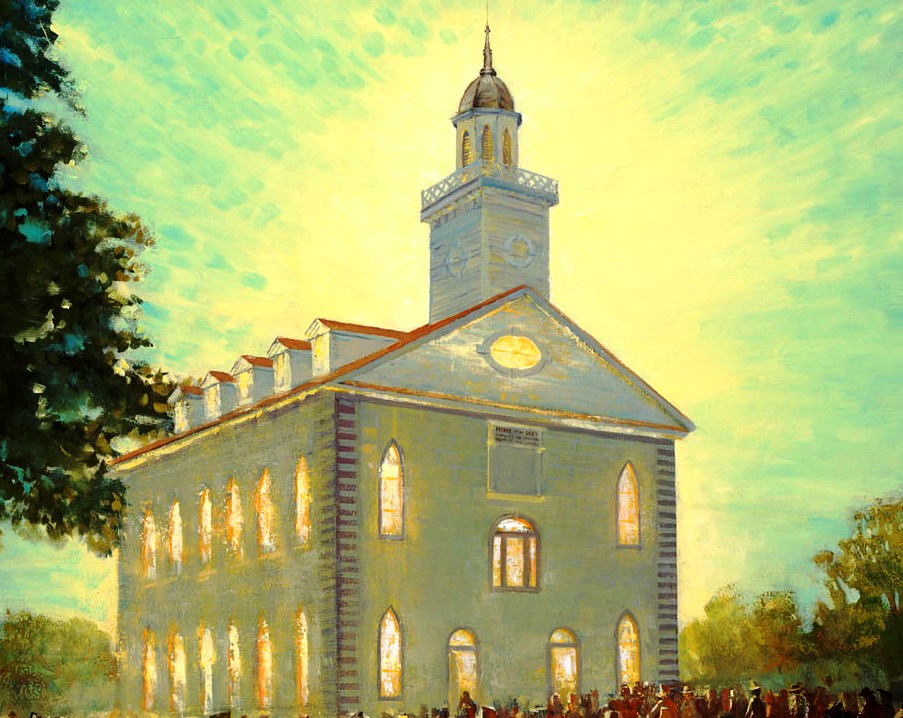
13. A clue in D&C 110 as to why such marvelous spiritual blessings attended the dedication.
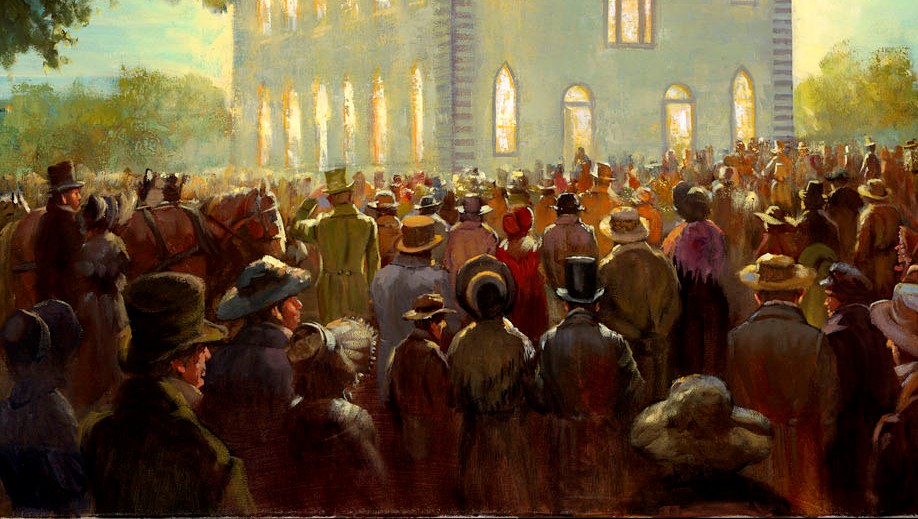
14. Being “born again” is a beginning, not the end, of one’s spiritual development.

15. Evidence the Kirtland Temple was to be used for purposes currently more likely to be carried out in chapels than in temples.

16. Best passages, in your opinion, for inclusion in a talk on the blessings of temple attendance.
17. The importance of attending the temple worthily.
18. A portion of the Prophet’s dedicatory prayer which was answered soon thereafter in a miraculous and dramatic fashion.
19. Passage which paraphrases a passage from the Song of Solomon in the Old Testament.
20. The part of Section 110 which would be most helpful in inspiring Aaronic Priesthood holders with a lofty concept of the importance of their calling.
Possible Answers to Points to Ponder in Doctrine and Covenants 109-110
1. D&C 109 quotes several verses from what earlier section, and why?
Verses 6-9 are quoted from D&C 88:117-120, where the Lord first commanded the building of the Kirtland Temple, to which the verses in D&C 109 are referring.
2. How much time elapsed from the time the Lord first commanded the building of the Kirtland Temple until it was dedicated?
3 years and 3 months to the day
3. What to you was the most surprising thing for which Joseph Smith prayed in his dedicatory prayer for the Kirtland Temple?
Your choice. Perhaps it would be the prayer in v. 50 for mercy upon the mob.
4. How was the “endowment” given in the Kirtland Temple like those given in temples today, and how was it different?
The ceremonies, or ordinances, performed in the Kirtland Temple were a quite incomplete version of what constitutes the endowment today. It was closer to today’s initiatory ordinances than to the complete endowment ceremony. But the saints in Kirtland experienced a more dramatic outpouring of visions, angelic visitations, and other spiritual gifts than typically accompany a first-time temple goer today. They understood those spiritual manifestations to be what the Lord was referring to when he promised a great “endowment.” It may be worth considering that if those going to receive their endowment today made as many sacrifices and were as earnest in their preparation as were the Kirtland saints, if many of them would not have a more profound spiritual experience than they do.
5. What was so ironically appropriate about the day on which Elijah appeared to Joseph Smith and Oliver Cowdery?
This was the Passover day on which Jews everywhere were going through the motions of expecting Elijah, setting an extra place for him at dinner, opening their doors in case he showed up, etc. Elijah did come that day—but not to a Jewish seder but to a Latter-day Saint temple.
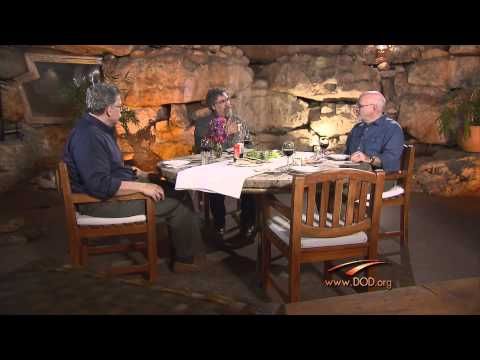
6. How would you answer someone who pointed out that the name “Elias” is simply the Greek form of the Hebrew name “Elijah,” and that the author of the D&C must have been confused to view them as two separate people?
The fact that “Elias” is indeed the Greek form of the Hebrew “Elijah” in no way proves that it’s only that. There is no reason to doubt that a separate individual, known in D&C 110 simply as “Elias,” did appear in the Kirtland Temple and confer essential keys. What is less clear is who this “Elias” was. Despite Joseph Fielding Smith’s opinion on the subject, which he based on D&C 27:7 and Joseph Smith’s identification of Gabriel as Noah, there is no universal agreement whether the “Elias” of D&C 110 was Noah or someone else. Joseph Smith differentiated between the missions of “Elias” and “Elijah” in Teachings of the Prophet Joseph Smith, pp. 335-335, though his sermon may raise as many questions as it answers. The Guide to the Scriptures suggests that this Elias could be the same as the otherwise unknown Esaias who lived in the days of Abraham (D&C 84:11-13). At any rate, one who has a testimony of the Book of Mormon and the mission of Joseph Smith from other sources will not be troubled by the admitted ambiguity of the Prophet’s treatment of “Elias.”
7. Why do you suppose “Elias” was sent to commit the “dispensation of the gospel of Abraham” rather than Abraham himself?
If this “Elias” was Noah, as Joseph Fielding Smith suggested, then we all are his descendants. Who would be more appropriate to restore the blessings of eternal families and endless posterity? As Joseph Smith taught, Noah stands second only to Adam in priesthood authority. If this “Elias” was not Noah, then we will yet be informed someday as to why he was chosen, rather than Abraham, to restore the keys of eternal families which were given to Abraham.
8. Whose coming fulfilled an Old Testament prophecy?
a. Moses
b. Elias
c. Elijah (Malachi 4:5-6)
9. Whose visit had the most to do with proxy temple work?
a. Moses
b. Elias
c. Elijah
10. Whose visit is closely associated with eternal marriage?
a. Moses
b. Elias
c. Elijah
11. Whose visit had the most to do with missionary work?
a. Moses
b. Elias
c. Elijah
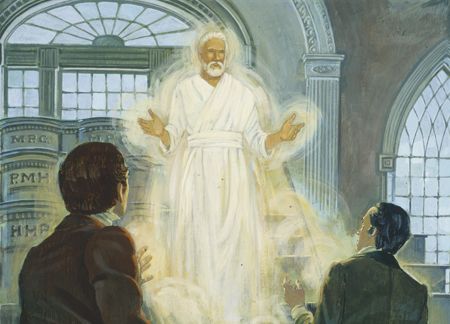
GIVE SECTION AND VERSE FOR THE FOLLOWING:
12. A clue in D&C 109 as to why such marvelous spiritual blessings attended the dedication of the Kirtland Temple.
v. 5
13. A clue in D&C 110 as to why such marvelous spiritual blessings attended the dedication.
v. 6
14. Being “born again” is a beginning, not the end, of one’s spiritual development.
109:15
15. Evidence the Kirtland Temple was to be used largely for purposes more likely to be carried out in current chapels than in temples.
109:14
16. Best passages, in your opinion, for inclusion in a talk on the blessings of temple attendance.
Perhaps 109:5, 12, 13, 16, 21, 22, 24-28, and 110:7-9.
17. The importance of attending the temple worthily.
109:20
18. A portion of the Prophet’s dedicatory prayer which was answered soon thereafter in a miraculous and dramatic fashion.
109:36-37
19. Passage which paraphrases a passage from the Song of Solomon in the Old Testament.
109:73
20. The part of Section 110 which would be most helpful in inspiring Aaronic Priesthood holders with a lofty concept of the importance of their calling.
The heading! It indicates that the passing of the sacrament immediately preceded the marvelous visions Joseph and Oliver had of the Savior, Moses, Elias, and Elijah.
